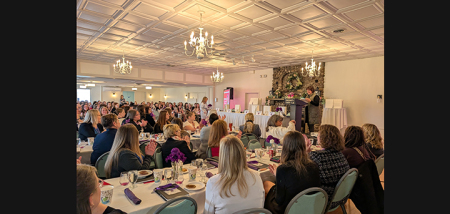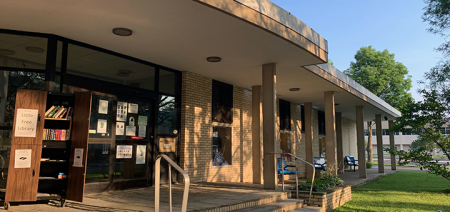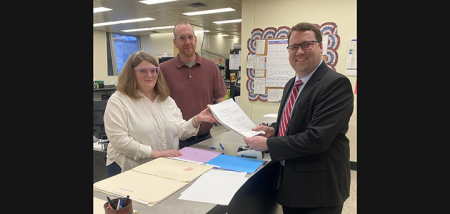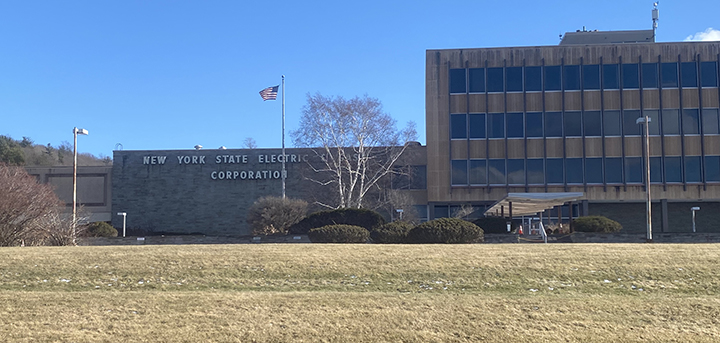Goin’ To The Fair ...
Published:
April 19th, 2007
By:
Patricia F. Scott

By Patricia F. Scott
Registered Historian
A fair may be defined in many ways; an exhibition of products, of agriculture, animals and all things related, a gathering of the public for entertainment – the list goes on and on. Fairs have been held since the Middle ages and were usually chartered and were privileged by princes and magistrates. It was the custom for the public proclamation of the commencement and duration of the event. In those early times the items which were sold were of great value and variety than what we are accustomed to in this twenty-first century. The assortment would include fabrics and jewelry brought in from distant ports and markets. With this assortment, the fair served as a device for commercial contact.
Early documentation of fair records show that the Orient, Greece and Rome all were the scenes of these events. Mecca was the site of the greatest fairs of the East and during the annual pilgrimages there was a close relationship between religion and fairs. This association would continue through the centuries and well into the twentieth century. In the early decades of the twentieth century, the fairs held in Leipiz, Frankfort and Lyons retained the tradition and essential markets of the medieval fairs. Great Britain celebrated, basically, with weekly market days of the country town and would have agricultural meeting days or trysts (Scotland). The Scottish fairs were distinguished by the marvelous exhibitions of horses and celebrating the age-old custom of “horse trading.”
The Evening Sun
Continue reading your article with a Premium Evesun Membership
View Membership Options
Author: Patricia F. Scott - More From This Author
Comments



.jpg)





